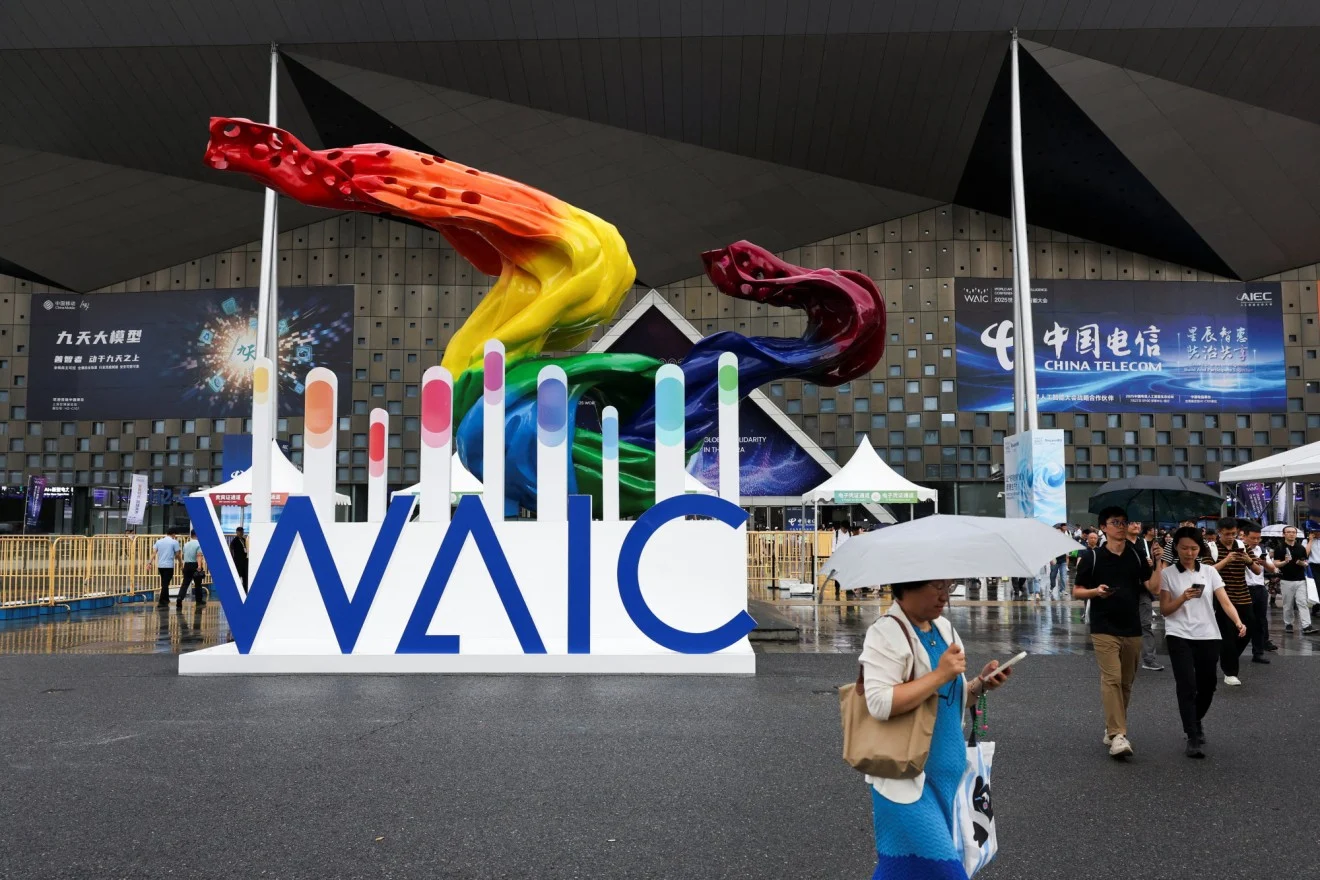China Proposes Global AI Governance Framework as U.S. Pursues Tech Dominance Alone
China Proposes Global AI Governance Framework as U.S. Pursues Tech Dominance Alone
By
David Goldfarb
Last updated:
July 29, 2025
First Published:
August 6, 2025

Photo: South China Morning Post
China Pushes for Unified AI Regulation Amid Global Tech Rivalry
As artificial intelligence becomes the new frontier in the global power race, China is calling for the creation of a worldwide AI governance framework—just days after the U.S. announced its own action plan focused on asserting technological dominance.
Speaking at the World AI Conference (WAIC) 2025 in Shanghai, Chinese Premier Li Qiang emphasized the need for global coordination to avoid fragmentation in AI oversight. Over 800 companies from more than 40 countries attended the annual event, which included keynotes, demos, and showcases from both Chinese and international AI innovators.
“Overall, global AI governance is still fragmented,” Li said. “We should strengthen coordination to form a global AI governance framework that has broad consensus as soon as possible.”
A Tale of Two Strategies: China’s Call for Unity vs. U.S. Push for Control
The remarks came on the heels of the Trump administration’s 28-page AI strategy, which aims to slash regulatory barriers and position the U.S. as the global leader in AI development. Though Li did not mention the U.S. directly, his comments pointed to Washington’s export controls on semiconductors, which have hindered China’s access to essential AI hardware.
“Key resources and capabilities are concentrated in a few countries and a few enterprises,” Li added. “If we engage in technological monopoly, controls and restrictions, AI will become an exclusive game.”
Meanwhile, U.S.-China trade negotiations are ongoing, with a tentative deadline of August 12. Recent concessions include Washington lifting a ban on Nvidia’s AI chips to China and Beijing halting its antitrust probe into DuPont.
China’s Rapid AI Expansion: Billions in Investment and Surging Innovation
China is aggressively scaling its AI sector. With over 5,000 AI companies and a core industry valued at 600 billion yuan ($84 billion) as of April 2025, the country is ramping up both public and private investment. This year alone, China’s public AI spending is projected to exceed 400 billion yuan ($56 billion).
From 2013 to 2023, China’s state-backed venture capital invested nearly $209 billion into AI. While private AI investment in the U.S. stood at $109.1 billion in 2024, nearly 12 times China’s private investment, China is catching up quickly in terms of output and innovation.
Notably, DeepSeek’s R1 model stunned global markets earlier this year by outperforming models from Meta and Anthropic, despite its modest $5.6 million development cost. Other breakthroughs like Moonshot’s Kimi K2 model, which outperformed some of Google and OpenAI’s systems, underscore China's fast-growing technical capabilities.
AI Diplomacy: ASEAN, Industry Leaders Call for Collaboration
Calls for global cooperation weren’t limited to China. ASEAN Secretary-General Dr. Kao Kim Hourn urged the international community to act swiftly on AI governance to combat threats such as misinformation, cybersecurity breaches, and deepfakes. He projected that effective AI integration could grow ASEAN’s GDP by 10–18%.
At WAIC, former Google CEO Eric Schmidt also advocated for U.S.-China cooperation, warning that failure to collaborate could destabilize global peace.
“The U.S. and China must work together to keep the world peaceful and ensure human control over AI,” Schmidt said.
Other speakers included AI pioneer Geoffrey Hinton and French AI envoy Anne Bouverot, who stressed the ethical and strategic importance of joint regulation frameworks.
Tech on Display: China’s Innovation Takes Center Stage
WAIC 2025 featured 3,000 exhibits and more than 100 product launches, showcasing the latest in AI robotics and consumer tech. Standouts included:
- Tencent’s and SenseTime’s new AI models
- Alibaba’s AI-powered smart glasses
- Keenon Robotics' bipedal popcorn-serving robot
- PsiBot’s mahjong-playing humanoid
- Unitree’s boxing robot G1, a viral sensation at the event
- ZTE’s pet-like companion robots
Major global tech players such as Tesla, Amazon, and Alphabet also made appearances, highlighting the event’s international pull despite geopolitical tensions.
A Race for AI Leadership and Responsible Innovation
With billions being poured into AI development on both sides of the Pacific, the world faces a pivotal choice—decentralized competition or coordinated collaboration. While the U.S. pursues technological supremacy, China is making a public push for unified global governance, framing AI as a public good rather than a geopolitical weapon.
As global AI powerhouses move forward with conflicting strategies, the decisions made today could shape the next decade of innovation, diplomacy, and digital ethics.
Popular articles
Subscribe to unlock premium content
Disney’s Timeless Magic and How the Entertainment Giant Continues to Shape Culture and Innovation

Imran Khan’s Economic Missteps Amid Political Chaos in Pakistan

The Philippines’ Digital Shift How Remittances and BPO Are Fueling Growth

Disney’s Timeless Magic and How the Entertainment Giant Continues to Shape Culture and Innovation

Imran Khan’s Economic Missteps Amid Political Chaos in Pakistan

Disney’s Timeless Magic and How the Entertainment Giant Continues to Shape Culture and Innovation









